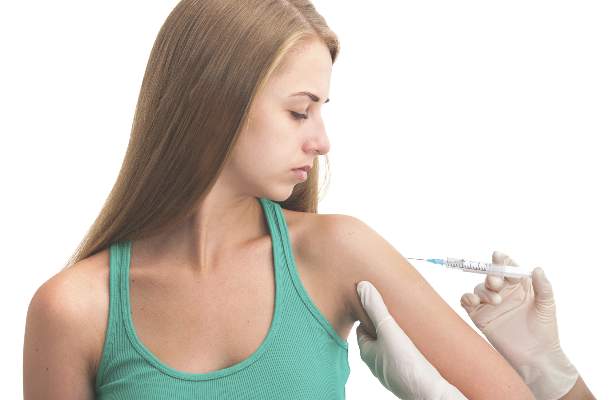FROM JAMA PEDIATRICS
Full or partial vaccination with the quadrivalent human papillomavirus vaccine reduced the overall risk of abnormal cervical pathology by 36%, based on data from a retrospective cohort study of just over 4,000 high-risk girls and young adult women.
Early vaccination (ages 11-14 years) was the most protective, with reductions in risk of abnormal cervical pathology of 64% with at least one dose and 73% for three doses (JAMA Pediatr. 2016 March 14. doi: 10.1001/jamapediatrics.2015.3926).
“This study provides crucial information about the HPV vaccine in minority populations and females engaging in high-risk sexual behaviors who arguably were underrepresented in the HPV vaccine clinical trials and postlicensure studies, yet are at increased risk for cervical cancer,” wrote Dr. Annika M. Hofstetter of the University of Washington, Seattle, and her colleagues.
The researchers reviewed data from 4,127 girls and young women aged 11-20 years who were seen at 16 locations in New York City. Most (92%) of the patients were publicly insured, and 58% were Spanish speakers.
Overall, the risk for abnormal cervical pathology was lower in vaccinated vs. unvaccinated individuals, (hazard ratio 0.64) and even lower in those who received all three recommended doses (HR 0.48). Detection rates were 58 per 1,000 person-years in those vaccinated vs. 126 per 1,000 person-years among the unvaccinated.
The next steps for research should include a larger sample and a longer follow-up period after greater uptake of the nonavalent HPV vaccine, the researchers added.
Dr. Hofstetter has received funding for a separate investigator-initiated study from the Pfizer Medical Education Group, and the study was funded in part by a grant from the Merck Investigator-Initiated Studies Program.



